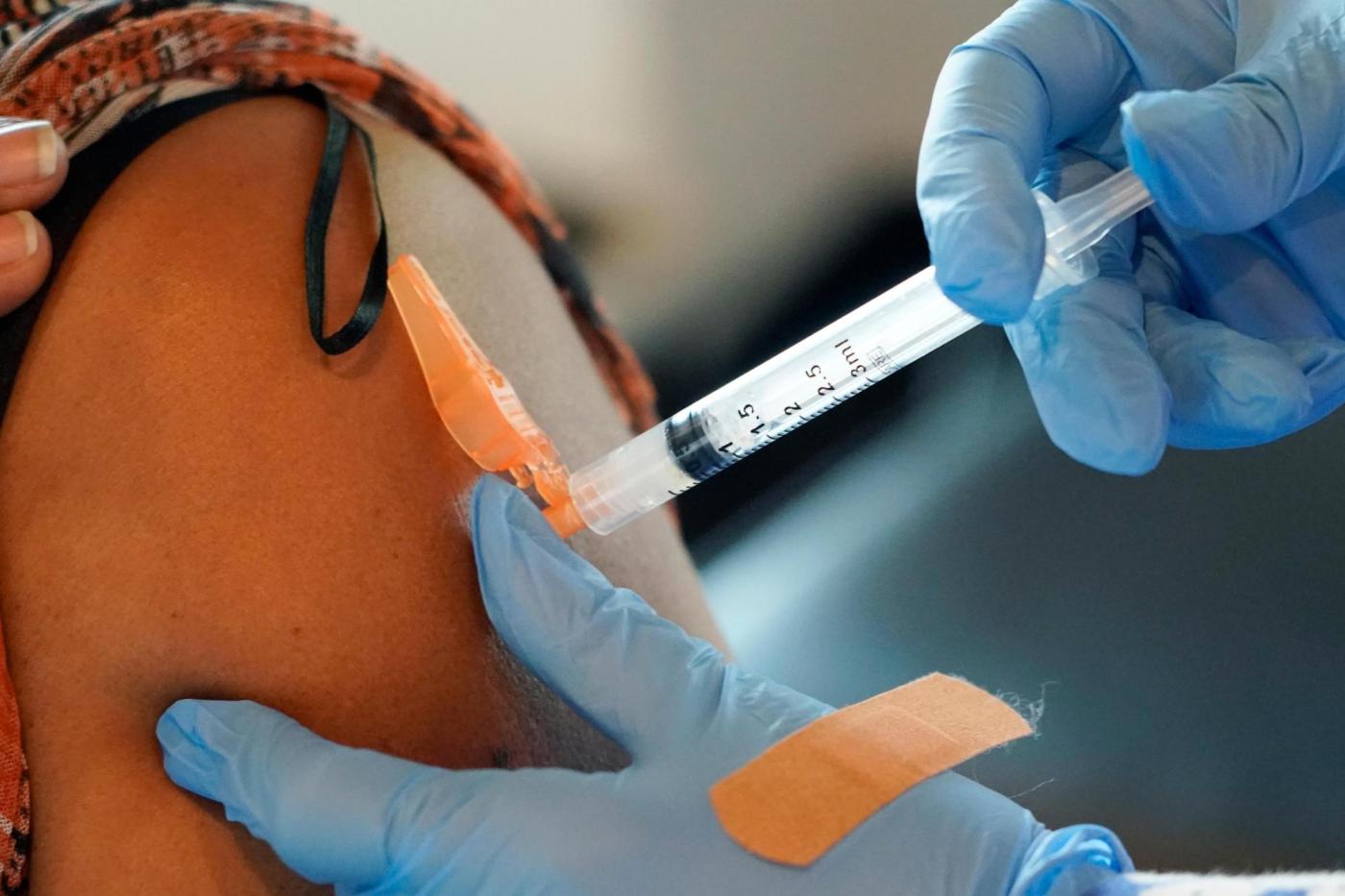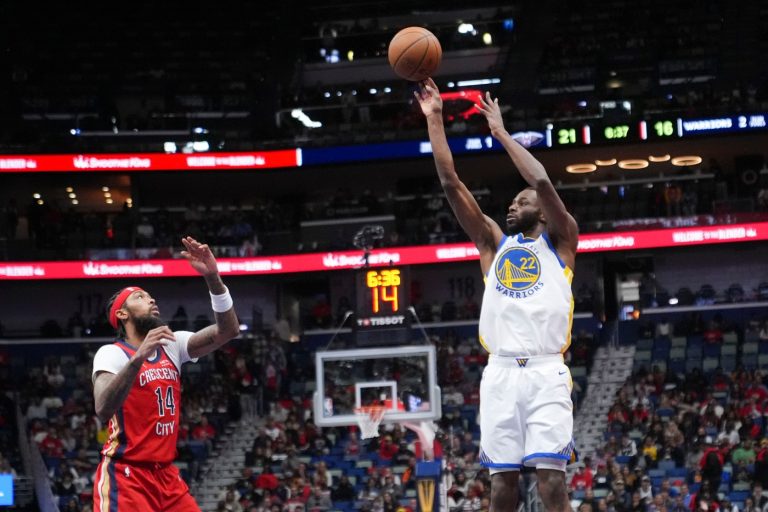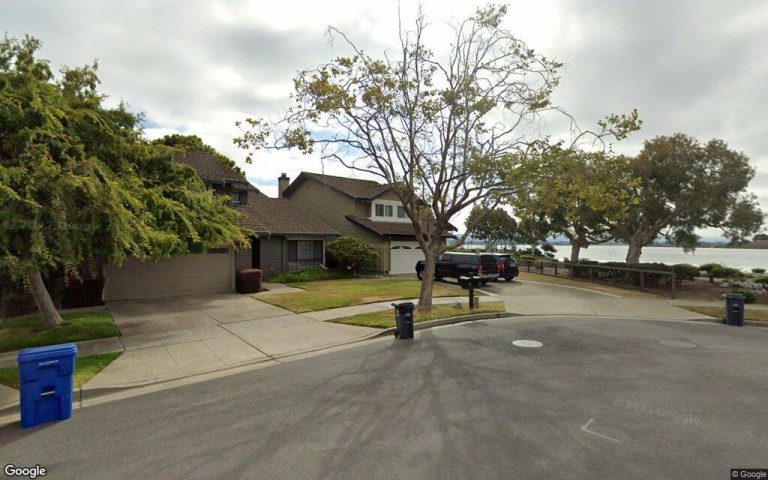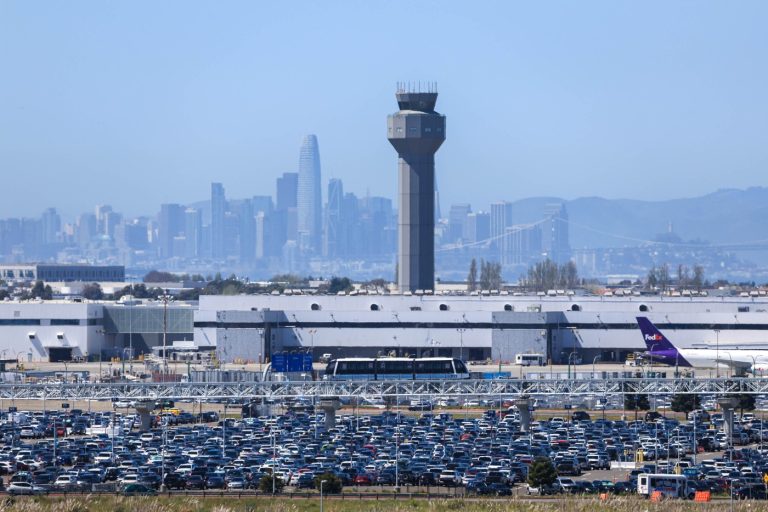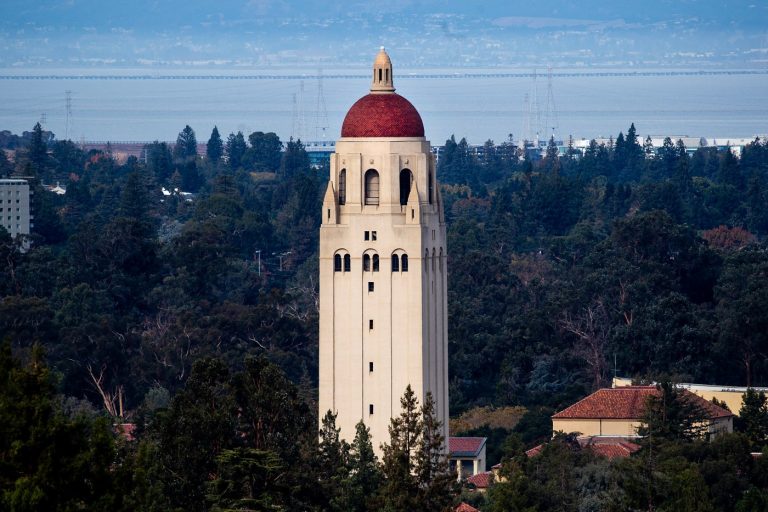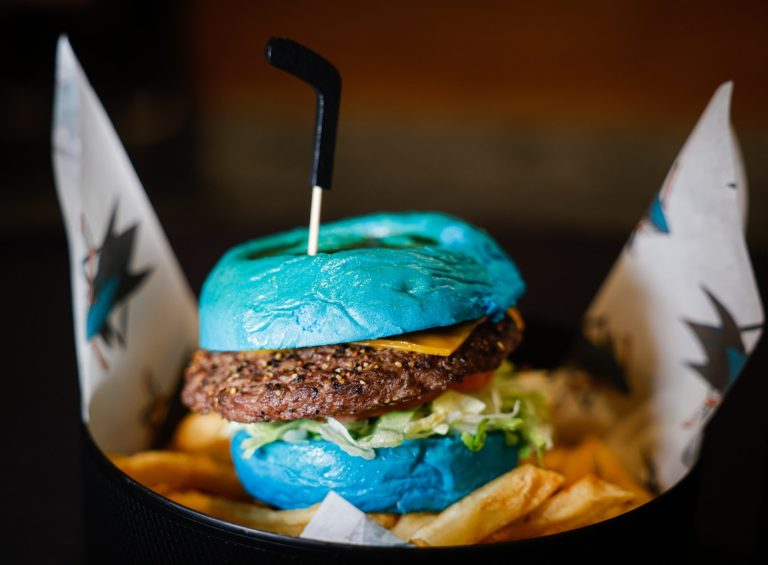With a new booster coming soon, getting a dose of the current coronavirus vaccine is growing more difficult in parts of California.
Related Articles
Experts urge people to mask up as Southern California sees COVID-19 surge
Inside the legal drama embroiling a California startup that grossed billions selling COVID-19 tests
Long COVID ties heart disease for health outcomes. Vaccines reduce risk: study
Big push begins to beef up finances of landmark San Jose hotel tower
California’s COVID positivity rate is still growing, approaching record high for a summer surge
A survey of retail pharmacies and medical providers shows that, while the current vaccine released last fall can still be found, getting vaccinated during the current summer surge is not as easy as it was in the spring.
The new vaccine incorporates the KP.2 coronavirus subvariant, which is several steps closer on the evolutionary tree to the pathogen likely to be spreading in the community than XBB, the type incorporated in the current vaccine. Both, though, are descendants of the original Omicron variant that caused the COVID-19 pandemic’s largest spike of cases in late 2021 and early 2022, so the current booster should still provide some protection.
CVS Health confirmed in an email this week that it is “receiving limited additional supply of the current COVID-19 vaccine” as manufacturers are preparing for an updated version to be released this fall. The popular drugstore chain said that customers can still find doses at some if its local stores by using the vaccine finder app on its website, CVS.com.
Rite Aid, another massive player in the drugstore market, said this week that it has already moved on.
“We have phased out the current inventory of COVID-19 vaccines to prepare for updated 2024-2025 vaccines,” the company said in a statement.
Local medical providers seemed to have access to supplies of the current vaccine, though there is clearly a push toward waiting for the new booster, for which the U.S. Centers for Disease Control granted initial approval on June 27.
“The current booster does not include protection against the latest variant,” said Kaiser Permanente San Diego. “We are expecting supply of the new formula to arrive in six to eight weeks.”
Scripps Health said that, while it continues to vaccinate patients with supplies it has on hand, “most doses will expire by the end of the week. We have been informed that we are awaiting the new formulation.”
Sharp Rees-Stealy reported that it does still have supplies of the current vaccine in its primary care clinic but “not a lot, since there isn’t a big demand.”
Manufacturers are likewise providing a range of responses when asked about supplies of the current vaccine.
Pfizer-BioNTech, maker of one of the most popular coronavirus vaccines, said its formulation “remains in supply,” directing consumers to its website to find doses near them. Moderna, another popular vaccine manufacturer, did not respond when asked for comment on current supplies.
Novavax, the third entrant in the coronavirus vaccine manufacturing picture, said in a statement Wednesday that doses of its 2023-2024 vaccine “are no longer available.”
“This allows Novavax to update and stock our 2024-2025 COVID vaccine in line with (the) FDA’s recommendation and be ready for distribution,” the company said.
Dr. David “Davey” Smith, a translational research virologist and co-director of the San Diego Center for AIDS Research at UC San Diego, said he has recently noticed that getting vaccinated has become a little hit and miss.
“It has been a lot of Easter egg hunting for my patients getting their vaccines at various pharmacies,” Smith said. “The pharmacies claim they’re just getting ready to get the new vaccine when it comes in, but it does seem a bit odd to me.”
As to the new booster that will come out in the fall, Smith said that it is probably wise to wait, especially since it takes about two weeks after vaccination for a person’s immune system to generate the protective antibodies that protect against severe illness.
The significant exception, he added, are those with weak or otherwise affected immune systems. Getting some protection now, he said, is still a good idea for folks with cancer and certain chronic diseases such as rheumatoid arthritis which is often treated with drugs that suppress the immune system.
For those who go to their favorite retail pharmacy and are told that no supply is available, Smith recommends reaching out to one’s doctor.
“A lot of the docs I know are keeping a list, basically a sheet of pharmacies that are keeping the vaccine in stock,” Smith said.
Another significant group of current vaccine seekers are those who plan on traveling soon and who did not previously get the current booster or who are older than age 65 and thus qualify under federal guidelines for a second dose four months after the first.
Here, he said, there is some value in getting the current vaccine even though the new one is just around the corner.
“If someone is headed to vacation in two weeks and is eligible to get a booster but hasn’t, then yes, I would recommend getting the currently available booster,” Smith said. “I think the current vaccine is an okay match for the currently circulating variant.”
He explained that, while vaccines work best when they reference a strain that is as similar to circulating types as possible, the immune system’s production of antibodies is fuzzy, generating a wide range of antibodies that are similar to the vaccine’s payload.
